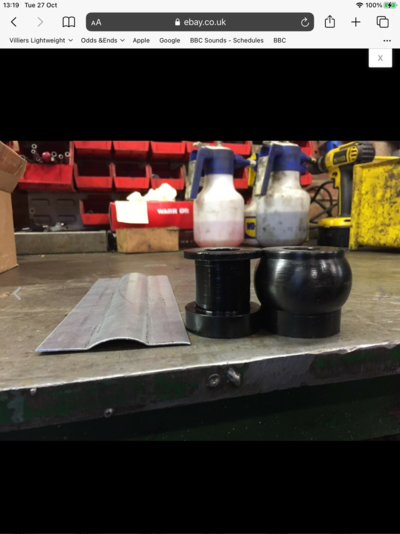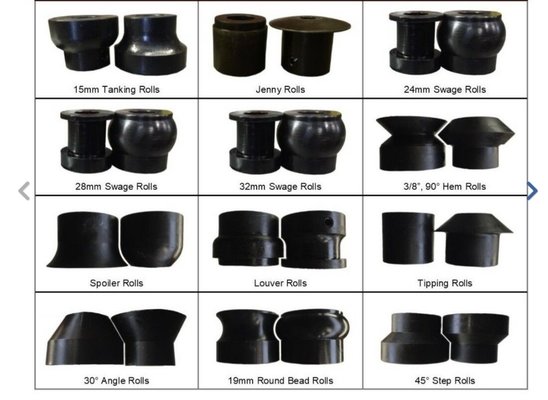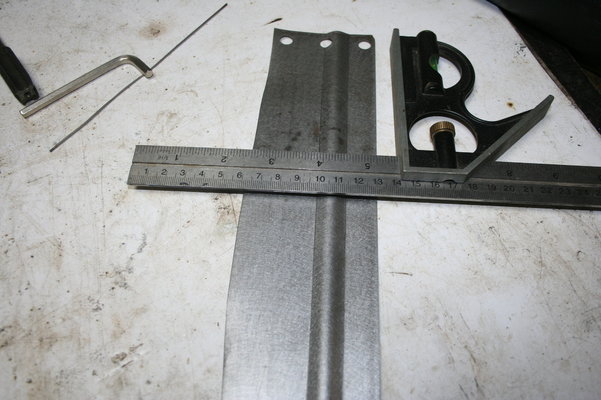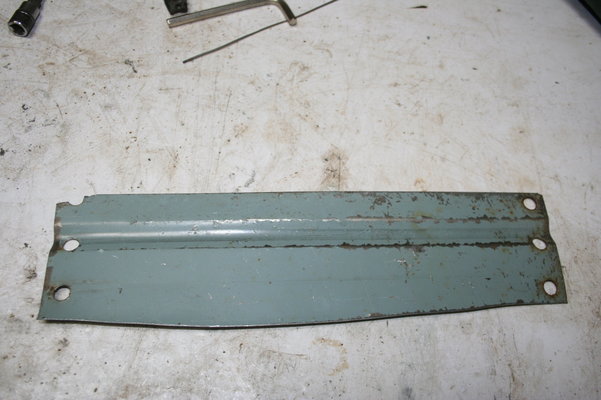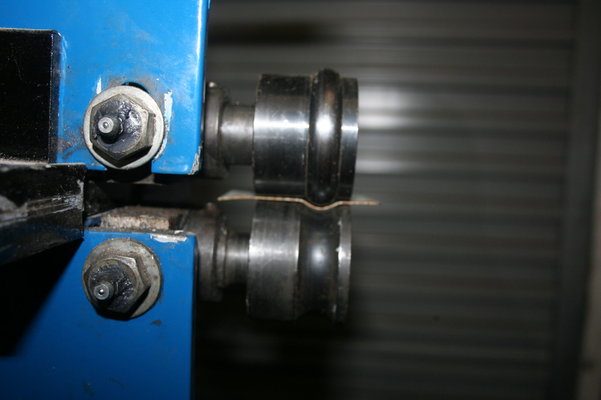droopsnoot
Member
- Messages
- 1,304
- Location
- South Cheshire, UK
If I wanted to make some bead roller dies, would they need to be hardened? As there's no impact involved, would that be necessary?
I'm a bit annoyed - a couple of weeks ago I was looking on eBay to see what's around in the form of dies, and there was a listing for someone was was making custom ones at what seemed like a reasonable price. Now, of course, I can't find it anywhere, so either they've given up, or too busy.
I'm a bit annoyed - a couple of weeks ago I was looking on eBay to see what's around in the form of dies, and there was a listing for someone was was making custom ones at what seemed like a reasonable price. Now, of course, I can't find it anywhere, so either they've given up, or too busy.




